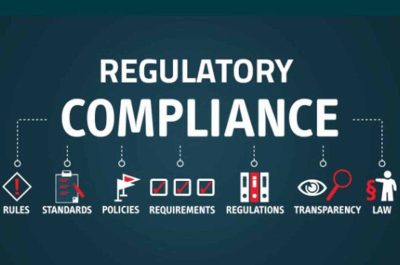In the modern business environment, technology plays a crucial role in determining the success of any organization. For small and medium-sized businesses (SMBs), having a well-defined IT strategy is not just an option—it’s a necessity. An effective IT strategy ensures that technology investments align with the overarching business objectives, driving growth, efficiency, and innovation. This article delves into the importance of aligning IT with business needs, outlines the steps to developing an effective IT strategy, and discusses how to measure its success to ensure that your business stays on the right track.
“Technology alone is not enough. It’s technology married with business strategy that wins.”
— Satya Nadella, CEO of Microsoft
1. Aligning IT with Business Objectives
The first and most critical step in developing an IT strategy is ensuring that it aligns with your business’s overall goals and objectives. Technology should not be implemented for its own sake; instead, every IT initiative should directly support your business’s mission, whether that’s improving customer service, increasing operational efficiency, or expanding into new markets.
To achieve this alignment, business leaders and IT professionals must work closely together to understand the organization’s goals and identify how technology can help achieve them. For example, if a key business goal is to enhance customer satisfaction, your IT strategy might include investing in a customer relationship management (CRM) system to streamline customer interactions and improve service delivery.
2. Steps to Creating an Effective IT Strategy
Creating a successful IT strategy involves several key steps:
- Assess Current IT Capabilities:
Begin by evaluating your existing IT infrastructure and capabilities. Identify strengths, weaknesses, and areas where technology may be hindering your business rather than helping it. This assessment will serve as a baseline for your strategy. - Define IT Objectives:
Based on your business goals, define specific IT objectives that will help you achieve those goals. These objectives should be measurable, achievable, and time-bound. For example, if your goal is to reduce operational costs, an IT objective might be to implement cloud computing solutions that reduce the need for physical infrastructure. - Develop a Roadmap:
Create a detailed roadmap that outlines the steps needed to achieve your IT objectives. This should include timelines, resources required, and key milestones. The roadmap serves as a guide for your IT team, ensuring that everyone is aligned and working towards the same goals. - Allocate Resources:
Ensure that your IT strategy is supported by adequate resources, including budget, personnel, and technology. It’s essential to allocate resources effectively to avoid overextending your IT capabilities and ensure that critical projects are completed on time and within budget. - Implement and Monitor:
Once your IT strategy is in place, begin implementing the planned initiatives. Continuously monitor progress against your roadmap, adjusting as necessary to address challenges or changing business needs.
3. Measuring the Success of Your IT Strategy
An IT strategy is only effective if it delivers the intended results. To ensure that your IT strategy is successful, it’s important to measure its impact on your business regularly. Here are some ways to assess the success of your IT strategy:
- Key Performance Indicators (KPIs):
Establish KPIs that reflect your IT objectives and business goals. These might include metrics like system uptime, customer satisfaction scores, or cost savings achieved through technology initiatives. Regularly review these KPIs to track progress and identify areas for improvement. - Feedback from Stakeholders:
Gather feedback from employees, customers, and other stakeholders to understand how well the IT strategy is meeting their needs. This feedback can provide valuable insights into what’s working and what may need to be adjusted. - Return on Investment (ROI):
Calculate the ROI of your IT investments to determine whether they are delivering value for your business. A positive ROI indicates that your IT strategy is contributing to the achievement of your business goals, while a negative ROI may signal the need for a strategic reassessment. - Adaptability to Change:
In today’s fast-paced business environment, the ability to adapt to change is crucial. Assess how well your IT strategy enables your business to respond to new challenges and opportunities, whether through the adoption of new technologies or the ability to scale operations quickly.
4. The Long-Term Impact of a Strong IT Strategy
A well-executed IT strategy has a lasting impact on your business. It not only helps you achieve your immediate goals but also positions your company for long-term success by ensuring that technology remains an enabler of growth and innovation. As your business evolves, your IT strategy should be revisited and refined to continue aligning with your changing objectives and the broader technological landscape.






